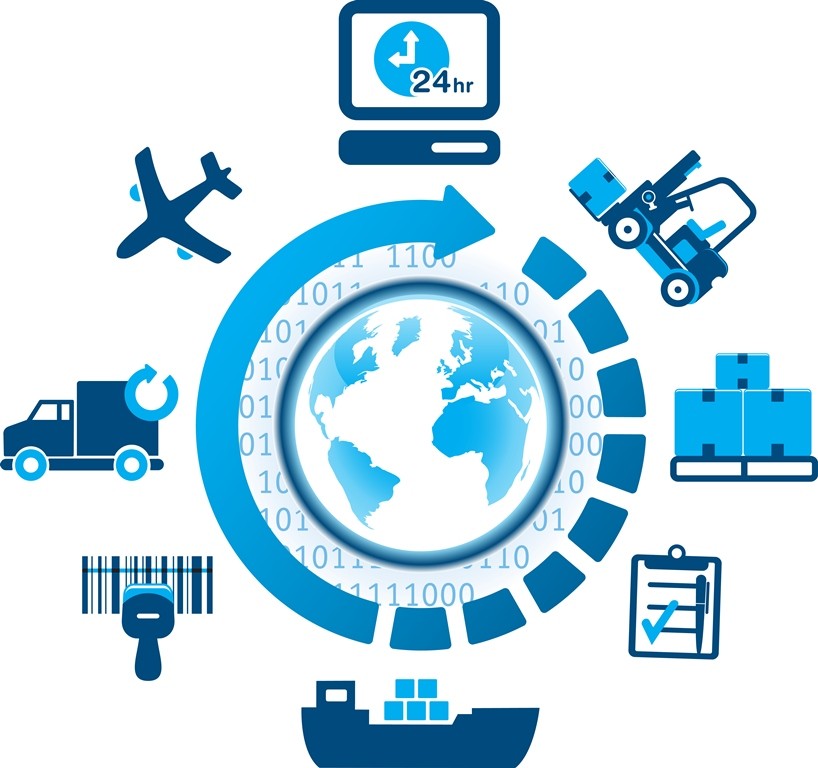
In today’s global and rapidly changing business landscape, supply chains must be agile and resilient to effectively respond to disruptions and maintain operational continuity. Information Technology (IT) plays a critical role in enabling and enhancing the agility and resilience of supply chains. Let’s explore how IT contributes to achieving agile and resilient supply chains.
IT enables supply chain stakeholders to gain real-time visibility into their operations and access accurate, up-to-date data. Advanced analytics and data-driven insights help identify patterns, trends, and potential risks, enabling proactive decision-making and timely responses. Real-time data sharing among suppliers, manufacturers, distributors, and retailers enhances coordination and collaboration throughout the supply chain.
IT systems, such as demand planning software and predictive analytics tools, support accurate demand forecasting and planning. By analyzing historical data, market trends, and customer behavior, organizations can optimize inventory levels, production schedules, and distribution strategies. This improves the overall responsiveness of the supply chain and reduces the risk of overstocking or stockouts.
IT enables supply chain automation through technologies such as Robotic Process Automation (RPA), Internet of Things (IoT) devices, and Artificial Intelligence (AI). Automation reduces manual intervention, streamlines processes, and improves efficiency. Automated order processing, inventory management, and warehouse operations enhance agility, reduce lead times, and minimize human errors.
IT facilitates seamless digital collaboration and communication among supply chain partners. Cloud-based collaboration platforms, video conferencing tools, and digital communication channels enable real-time information sharing, decision-making, and problem-solving. This enhances coordination and enables swift responses to disruptions or changing customer demands.
IT solutions provide end-to-end supply chain visibility and traceability. Technologies like barcodes, RFID, and blockchain enable tracking and tracing of products from raw material sourcing to final delivery. This ensures transparency, helps identify bottlenecks, improves quality control, and enables timely interventions in case of recalls or supply chain disruptions.
IT supports risk management and resilience planning in supply chains. Risk assessment tools, scenario modeling, and simulation software help organizations identify vulnerabilities, evaluate potential risks, and develop contingency plans. IT systems enable quick response and recovery strategies in the event of supply chain disruptions, ensuring minimal impact on operations.
IT systems facilitate effective supplier relationship management (SRM). Supplier portals, vendor management software, and electronic data interchange (EDI) enable streamlined communication, collaboration, and performance monitoring with suppliers. This enhances supply chain visibility, strengthens relationships, and supports efficient supplier selection, qualification, and performance evaluation processes.
IT plays a crucial role in ensuring the cybersecurity and data protection of supply chain systems. Robust security measures, including firewalls, encryption, access controls, and regular vulnerability assessments, help safeguard supply chain data from cyber threats. Effective cybersecurity practices enhance the resilience of the supply chain ecosystem.
By leveraging IT capabilities, organizations can build agile and resilient supply chains that can adapt to disruptions, optimize operations, and deliver superior customer experiences. The integration of advanced technologies, data-driven insights, and effective collaboration across supply chain stakeholders are key to achieving agility and resilience in today’s dynamic business environment.